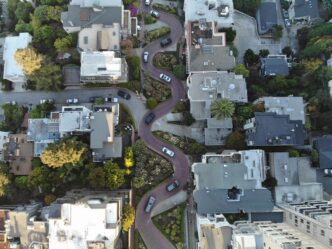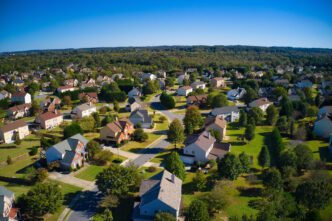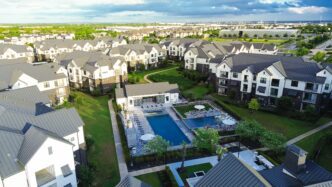Securing rental properties, particularly single-family homes, presents unique challenges for tenants. With multiple entry points and fewer immediate neighbors, these properties can be more vulnerable to intruders. However, tenants are not without options to enhance their security without making permanent alterations to the property. Here we explore various measures tenants can take to bolster their home’s security effectively.
In the U.S. and Canada, tenancy agreements typically allocate security responsibility to both landlords and tenants. Landlords are generally expected to provide basic security measures such as deadbolt locks on exterior doors and window locks, along with access to emergency exits. Tenants, on the other hand, are responsible for maintaining these measures, reporting damages, and ensuring doors and windows are secured when not at home. It is crucial for tenants to verify these security measures are in place before signing a lease.
Before implementing additional security measures, tenants should thoroughly examine existing ones. It’s advisable to ensure the landlord has installed adequate systems and request maintenance if necessary. Tenants have certain rights to ask landlords for improvements or repairs to existing security features.
There are several non-permanent security enhancements that tenants can adopt. Installing wireless cameras, which are now as effective as wired systems, is a viable option. These cameras are battery-operated and can be set up indoors and outdoors as long as they have internet access. Features like motion detection and night vision enhance their utility. Importantly, these cameras can be relocated when tenants move, making them a flexible security choice.
Solar motion lights offer another layer of security, especially in areas where hard-wired systems aren’t feasible due to rental restrictions. These lights use solar energy to illuminate outdoor spaces upon detecting motion, discouraging potential intruders. Placement is key for optimal performance, and regular maintenance of the solar panels is recommended.
Smart light systems can simulate occupancy even when tenants are away, thereby deterring burglars who may be watching for signs of absence. These systems integrate with existing lighting setups, allowing control via timers or smartphone apps, eliminating the need for invasive installation—perfect for renters.
Smart locks provide a modern twist on security by replacing traditional keys with digital access methods like codes or app-controlled entry. They offer real-time updates on access attempts, enhancing tenant awareness of who enters their home. Compatibility with existing door hardware means they can be installed without significant alterations, suitable for rental properties.
Window security film is a straightforward and cost-effective solution to reinforce windows, a common weak point in home security, making it more challenging for intruders to break in. This film, easy to apply, is a useful upgrade, particularly for older single-pane windows.
Lastly, renters insurance is a critical consideration for tenants. Regardless of the security measures in place, insurance provides coverage for personal belongings against theft, vandalism, and damages from various incidents. Selecting the right policy can significantly affect the level of protection offered.
For tenants in single-family rental homes, enhancing security is both feasible and essential. By taking advantage of available technologies and insurance options, tenants can significantly improve their safety without compromising their rental agreements.
Source: Floridarealtors








